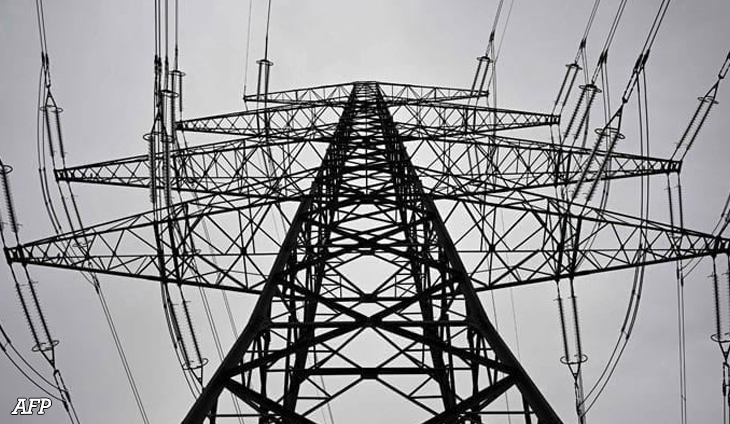Pakistan Signs ₹4.5 Billion Loan Facility to Ease Power Sector Debt

Government Secures ₹4.5 Billion Loan to Address Energy Crisis
In a major step toward addressing the power sector’s financial instability, the Government of Pakistan has officially signed a ₹4.5 billion loan agreement aimed at reducing the mounting circular debt in the electricity sector. This development comes as the country grapples with energy shortages, chronic load-shedding, and growing pressure from international lending institutions to implement reforms.
What is Circular Debt and Why it Matters?
Circular debt refers to the accumulated debt resulting from the inability of the distribution companies (DISCOs) to pay Independent Power Producers (IPPs). This has created a chain of financial mismanagement, leading to power outages and reduced investments in the energy infrastructure.
According to official estimates, Pakistan’s circular debt has surpassed PKR 2.6 trillion, significantly impacting the economic growth and industrial productivity of the nation.
Loan Objectives: Stability, Payments, and Reform
This ₹4.5 billion loan facility will serve multiple purposes:
- Clear pending dues of IPPs
- Support operational needs of WAPDA and other state-owned companies
- Strengthen transmission and distribution lines
- Enhance billing and recovery systems
The loan will also allow the country to ensure uninterrupted electricity supply during peak demand seasons, especially in summer.
Economic Impact and Strategic Importance
The energy sector is a backbone of any economy. For Pakistan, the inefficiencies in power production, electricity theft, poor bill recovery, and dependency on fossil fuels have all contributed to this crisis. By resolving these issues with the new loan:
- Foreign Direct Investment (FDI) is expected to increase
- Manufacturing sectors will experience fewer disruptions
- GDP growth may improve with reduced cost of doing business
- Export competitiveness will likely rise
Focus on Renewable Energy Integration
Part of the loan has been earmarked for investment in renewable energy infrastructure, such as:
- Solar power farms
- Wind turbines in Sindh and Balochistan
- Hydroelectric projects in KP and GB
This aligns with Pakistan’s Vision 2030 and global climate commitments under the Paris Agreement.
Transparency and Oversight Critical
To ensure that the loan is utilized effectively, the Ministry of Finance and NEPRA will implement monitoring mechanisms. The Public Accounts Committee (PAC) will play a role in auditing and reviewing all disbursements.
Watchdogs have stressed the importance of:
- Eliminating corruption and mismanagement
- Ensuring timely payments to power producers
- Implementing digital tracking systems for billing and demand forecasting
Reforms in Distribution and Privatization
The loan deal has also reignited discussions around the privatization of loss-making DISCOs. Experts argue that unless structural reforms are implemented, loan facilities will only offer short-term relief.
The suggested reforms include:
- Privatization of DISCOs
- Tariff restructuring
- Phasing out non-targeted electricity subsidies
- Promoting public-private partnerships (PPP)
Role of the State Bank of Pakistan and IMF
The State Bank of Pakistan (SBP) has supported the move, stating it will reduce fiscal pressure and help in currency stabilization. Additionally, this development is aligned with Pakistan’s commitments under the IMF’s Extended Fund Facility (EFF), which requires energy sector reforms.
Political and Public Reaction
The public has cautiously welcomed the loan, hoping for actual relief in terms of load-shedding reduction and lower electricity bills. Meanwhile, the opposition has raised concerns over the country’s rising debt and over-reliance on foreign loans.
However, government officials maintain that this loan is a bridge toward sustainable reform and not a repeat of past bailout strategies.
Future Outlook
If executed efficiently, this loan could serve as a turning point for Pakistan’s ailing energy sector. The government now faces the responsibility of:
- Ensuring complete and transparent disbursement
- Engaging stakeholders including private energy companies, consumer groups, and regulators
- Strengthening energy planning institutions
Only with political will, transparency, and execution of reforms can Pakistan move toward a stable and efficient power sector.





